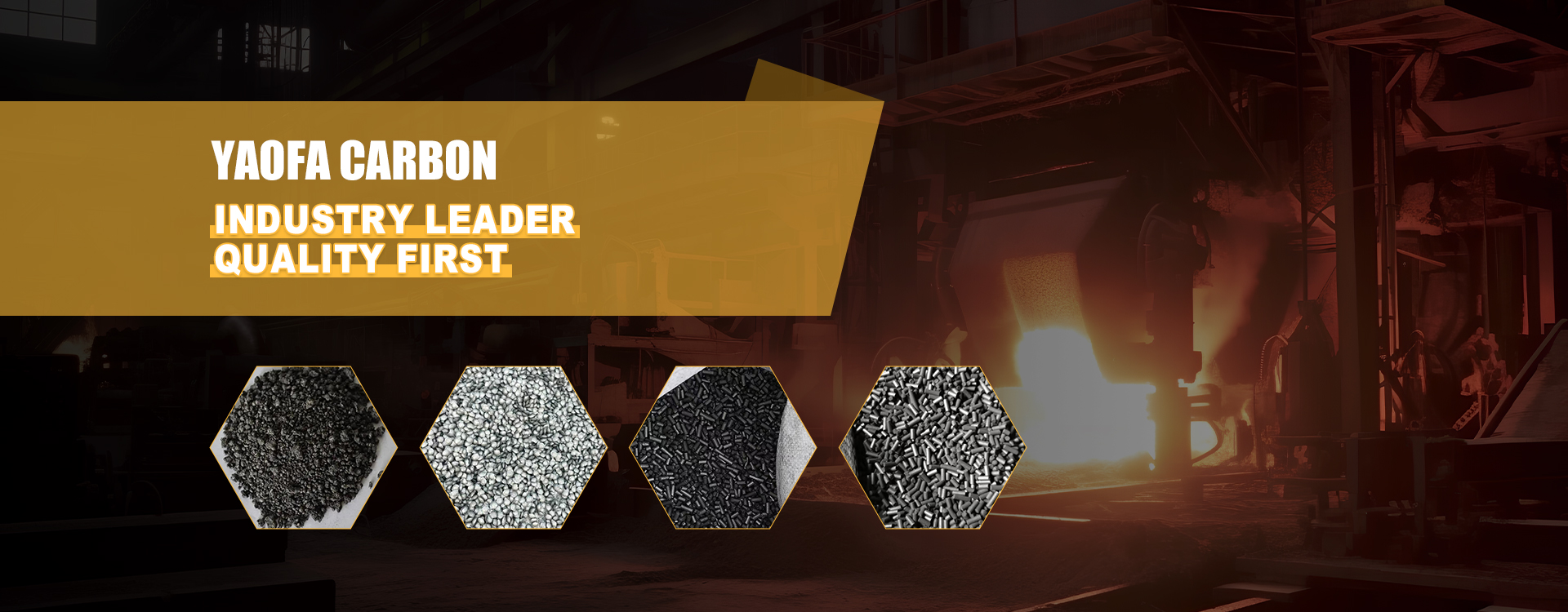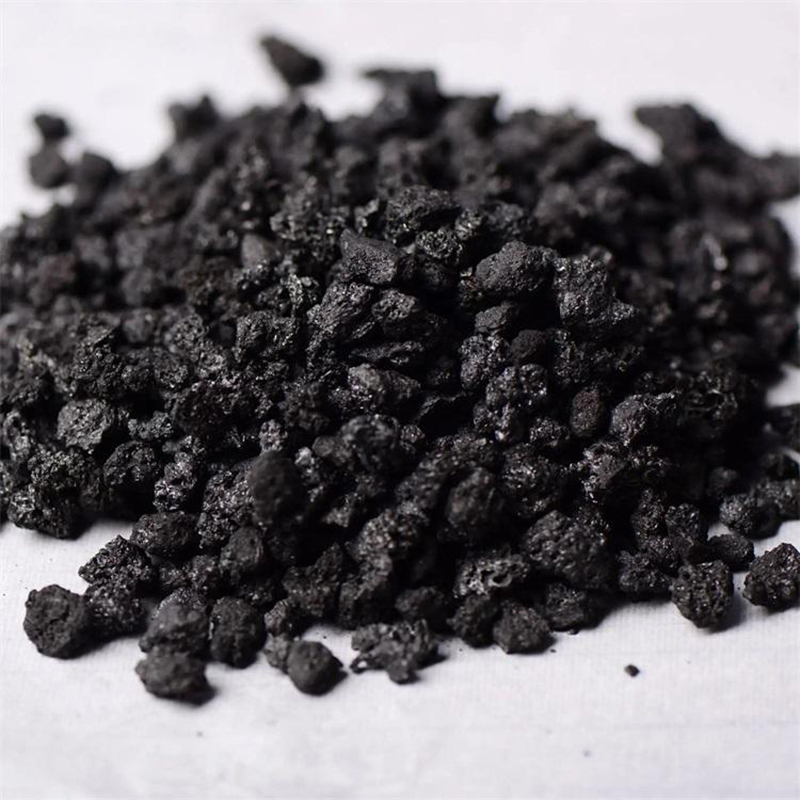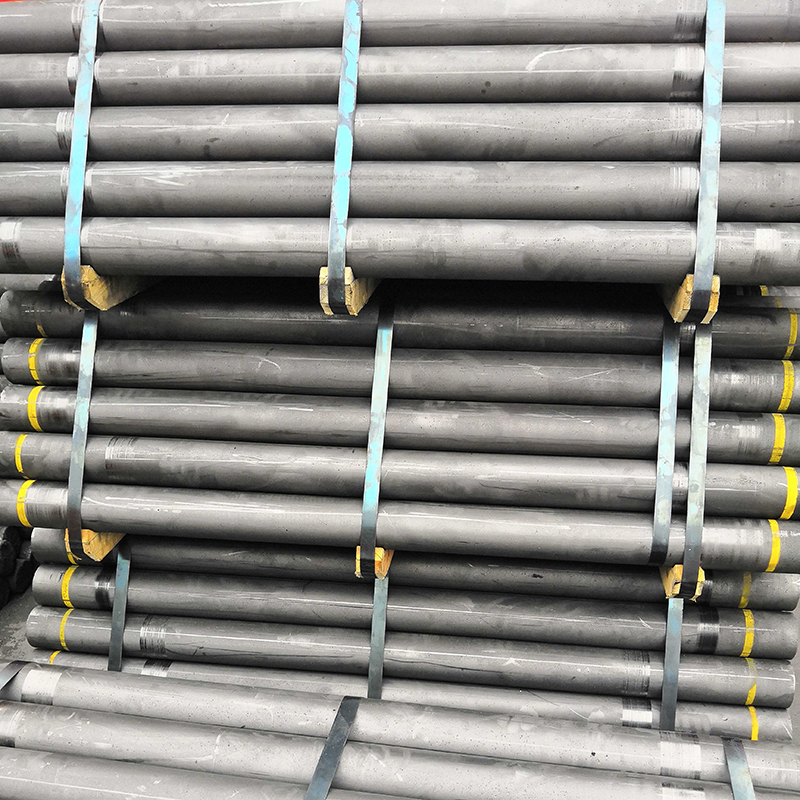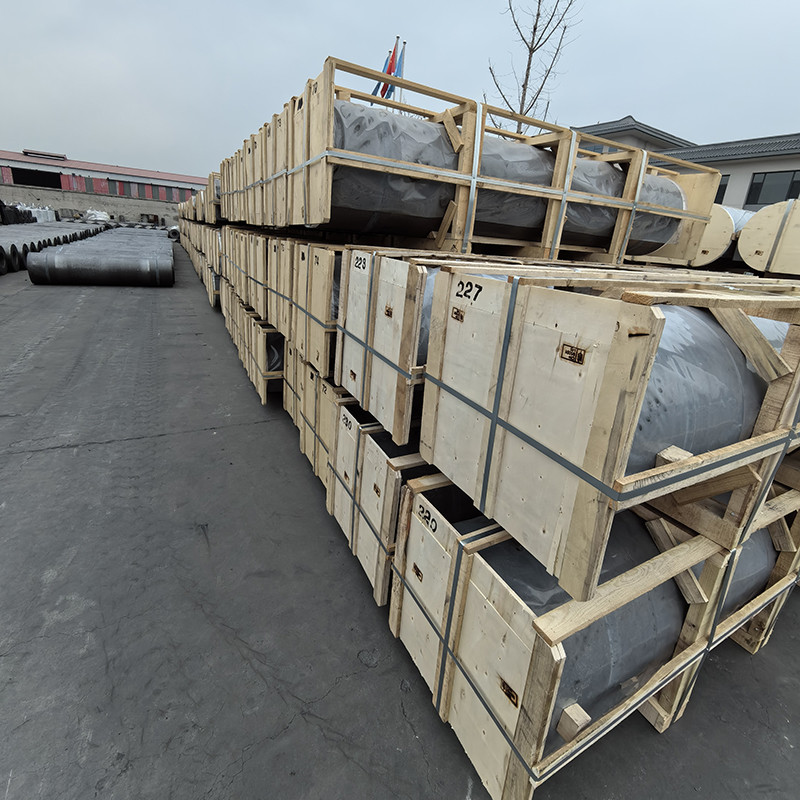- Chinese
- French
- German
- Portuguese
- Spanish
- Russian
- Japanese
- Korean
- Arabic
- Irish
- Greek
- Turkish
- Italian
- Danish
- Romanian
- Indonesian
- Czech
- Afrikaans
- Swedish
- Polish
- Basque
- Catalan
- Esperanto
- Hindi
- Lao
- Albanian
- Amharic
- Armenian
- Azerbaijani
- Belarusian
- Bengali
- Bosnian
- Bulgarian
- Cebuano
- Chichewa
- Corsican
- Croatian
- Dutch
- Estonian
- Filipino
- Finnish
- Frisian
- Galician
- Georgian
- Gujarati
- Haitian
- Hausa
- Hawaiian
- Hebrew
- Hmong
- Hungarian
- Icelandic
- Igbo
- Javanese
- Kannada
- Kazakh
- Khmer
- Kurdish
- Kyrgyz
- Latin
- Latvian
- Lithuanian
- Luxembou..
- Macedonian
- Malagasy
- Malay
- Malayalam
- Maltese
- Maori
- Marathi
- Mongolian
- Burmese
- Nepali
- Norwegian
- Pashto
- Persian
- Punjabi
- Serbian
- Sesotho
- Sinhala
- Slovak
- Slovenian
- Somali
- Samoan
- Scots Gaelic
- Shona
- Sindhi
- Sundanese
- Swahili
- Tajik
- Tamil
- Telugu
- Thai
- Ukrainian
- Urdu
- Uzbek
- Vietnamese
- Welsh
- Xhosa
- Yiddish
- Yoruba
- Zulu
- Kinyarwanda
- Tatar
- Oriya
- Turkmen
- Uyghur

coal tar liquid
The Intriguing World of Coal Tar Liquid
The very mention of coal tar liquid often brings to mind its association with industry giants and traditional medicine. Yet, misconceptions abound — it isn't merely a relic from the past nor just a standard industrial byproduct. Delving deeper into its nuances reveals a plethora of applications, challenges, and innovations.
Understanding Coal Tar Liquid
For many, coal tar liquid seems to be synonymous with the gritty, oily substance stemming from coal processing. But what truly makes it fascinating is its versatility. Derived from bituminous coal, it’s a complex mixture rich in phenols, aromatic hydrocarbons, and other organic compounds. Its roots trace back to ancient times, but modern applications have expanded far beyond its primitive uses.
In industries, coal tar liquid finds a place in the manufacturing of dyes, phenolic resins, and even in the rubber industry. However, it’s crucial to highlight the environmental considerations that come with its extraction and use. Over the years, companies like Hebei Yaofa Carbon Co., Ltd. have leaned towards sustainable integrated practices, ensuring efficiency without compromising ecological integrity.
Hebei Yaofa Carbon Co., Ltd., for instance, while primarily focused on carbon additives and graphite electrodes, often encounters overlapping discussions around coal-derived products. This illustrates the interconnectivity of carbon-based industries.
Applications and Innovations
Beyond industrial applications, coal tar liquid is well-regarded in the medical field, particularly in dermatology. Its efficacy in treating psoriasis and eczema is well-documented, albeit with required precautions due to its potential irritants. The balance between therapeutic benefits and side effects remains a central theme in ongoing research.
A novel area deserving attention is coal tar’s role in producing carbon fibers, a domain where Hebei Yaofa Carbon Co., Ltd. sees potential synergies, especially given their expertise in carbon materials. The pursuit of lightweight yet strong composite materials is driving research forward. Coal tar could well be an essential precursor in this context.
However, challenges persist. Distillation processes must be meticulously controlled to prevent the emission of harmful byproducts, an area where regulations are becoming increasingly stringent. Companies need to commandeer not only effective production but also address environmental responsibilities.
Challenges in Production
The complexities associated with refining coal tar liquid pose significant challenges. On the production line, even minor anomalies can lead to substantial inconsistencies in the final product, impacting both safety and performance.
Safety protocols are paramount. The handling of coal tar, particularly during distillation and refinement, necessitates strict adherence to industrial safety standards. In this space, experience often trumps theoretical knowledge. Veterans in the field, familiar with the intricacies, can often preempt issues before they manifest.
For Hebei Yaofa Carbon Co., Ltd., diving into similar production methodologies broadens their horizon, leveraging their extensive experience in carbon manufacturing. They maintain a sharp focus on operational precision and proactive issue resolution.
Regulatory and Environmental Considerations
With governments reinforcing environmental protections, firms actively engaged with coal tar must navigate a labyrinth of regulations. Compliance is not just a legal obligation but also an ethical one.
Innovative remediation techniques are being explored to mitigate potential environmental impacts. Implementations, such as bio-remediation and cleaner distillation technologies, are becoming increasingly common.
Hebei Yaofa Carbon Co., Ltd. continuously refines its processes to align with global standards and best practices, which enhances their product credibility and strengthens their market position.
Future Prospects
The horizon for coal tar liquid is wide open. As research delves deeper into its capabilities, particularly in new industrial applications, its role could expand significantly. The key lies in balancing innovation with sustainability.
For companies like Hebei Yaofa Carbon Co., Ltd., the journey involves recognizing opportunities, embracing cutting-edge technologies, and steadfastly adhering to sustainable practices. These efforts not only propel industry standards forward but also contribute meaningfully to environmental conservation.
Ultimately, coal tar liquid stands as a testament to industrial evolution — an enduring material continuously redefining its potential amidst modern challenges and aspirations.
Related products
Related products













